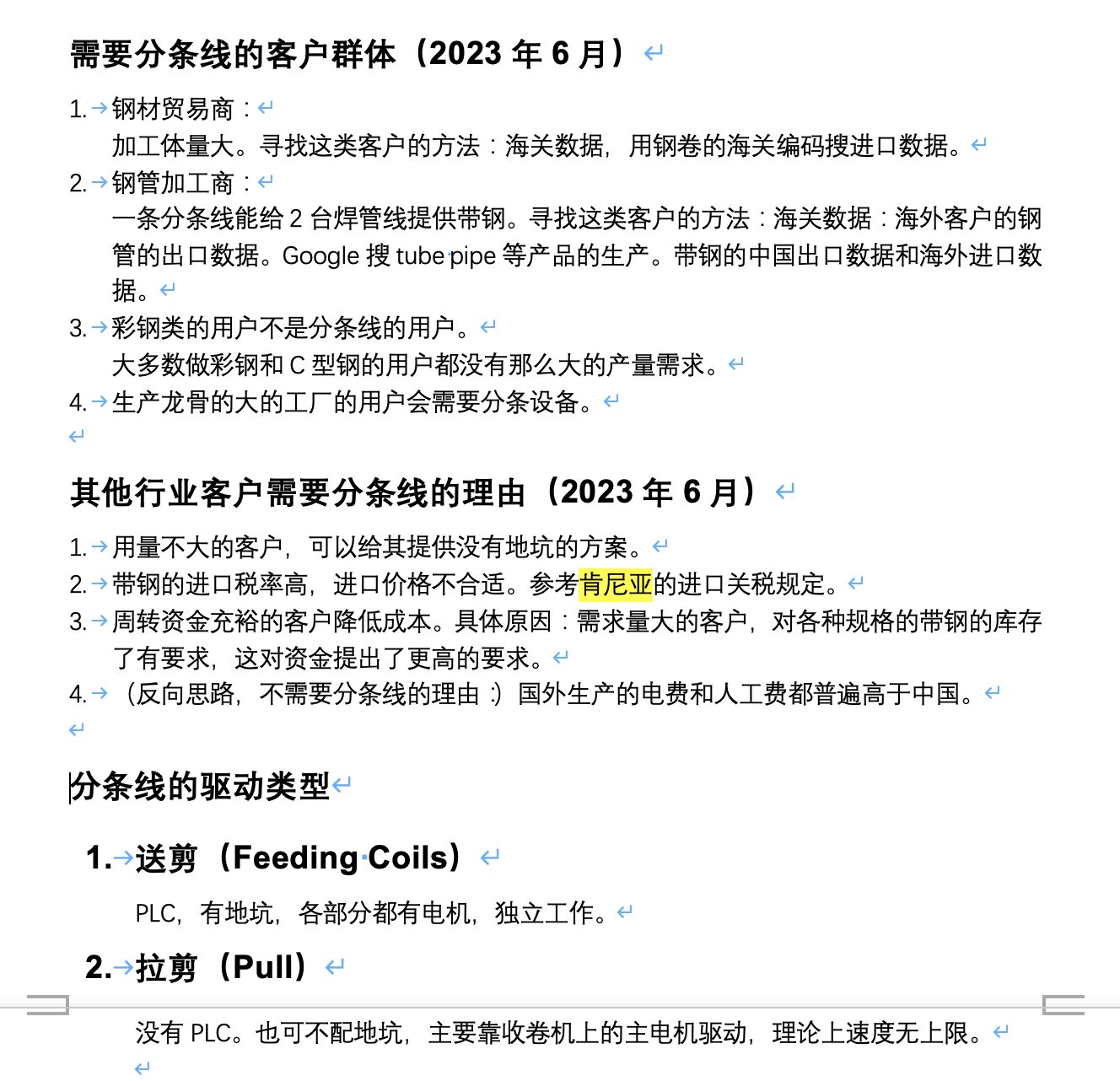
The Advantages of Steel Long Span Roof Roll Forming Machines
In the realm of modern construction, the efficiency and reliability of construction materials play a crucial role in determining the overall quality and durability of structures. One of the key developments in this area is the rise of steel long span roof roll forming machines. These machines are engineered to create long, continuous sheets of steel roofing that offer numerous benefits for architects, builders, and property owners.
What are Steel Long Span Roof Roll Forming Machines?
Steel long span roof roll forming machines are specialized equipment designed to produce roofing sheets from steel coils. They shape and cut the steel into defined profiles that are ideal for various roofing applications. The process involves feeding a steel coil into the machine, where it passes through a series of rollers that gradually mold the steel into the desired shape. The end product is continuous lengths of roofing material that can span great distances without the need for support, making them particularly useful in commercial and industrial construction.
Key Advantages
1. Cost-Efficiency One of the most significant advantages of using steel long span roof roll forming machines is the cost-saving potential. The production process is streamlined, allowing for the rapid generation of high-quality roofing sheets with minimal waste. Reduced labor costs and the ability to create longer spans eliminate the need for additional structural support, leading to overall cost reductions in both materials and construction time.
2. Durability and Strength Steel is known for its strength and resilience. Roofs made from steel long span sheets are resistant to extreme weather conditions, including heavy snow, strong winds, and even hail. Furthermore, modern steel sheets often come with protective coatings that enhance their resistance to corrosion, ensuring a long lifespan for the roofing material.

3. Design Flexibility Steel long span roof roll forming machines can produce sheets in various profiles and thicknesses, allowing architects and builders to customize roofs according to specific design requirements. This flexibility is crucial in today's construction environment, where aesthetic appeal, functionality, and sustainability are paramount.
4. Speed of Installation The continuous nature of long span sheets means fewer seams and joints, which not only simplifies installation but also reduces the risk of leaks. Fewer fasteners are needed compared to traditional roofing methods, resulting in quicker installation times and increased efficiency on job sites.
5. Environmental Considerations The use of steel as a roofing material is increasingly favored in sustainable building practices. Steel is recyclable, and its long lifespan means that fewer materials are disposed of over time. Additionally, the reflective properties of steel can help in energy savings by reducing heat absorption in buildings, contributing to more energy-efficient structures.
6. Versatile Applications Steel long span roofing can be utilized in a wide variety of constructions, including warehouses, factories, sports facilities, and large commercial buildings. Their ability to cover large areas without significant support allows for vast, open spaces inside structures, which is valuable for many industrial and commercial applications.
Conclusion
In conclusion, steel long span roof roll forming machines are a vital asset in the construction industry, offering a plethora of advantages that cater to modern building needs. From cost savings and durability to design flexibility and environmental benefits, these machines play an integral role in the evolution of roofing technology. As the demand for efficient, sustainable, and high-performing construction materials continues to rise, investing in steel long span roof roll forming machines is likely to remain a wise choice for builders and property developers alike. Embracing this technology not only enhances the quality of construction but also contributes to the future resilience of infrastructure worldwide.